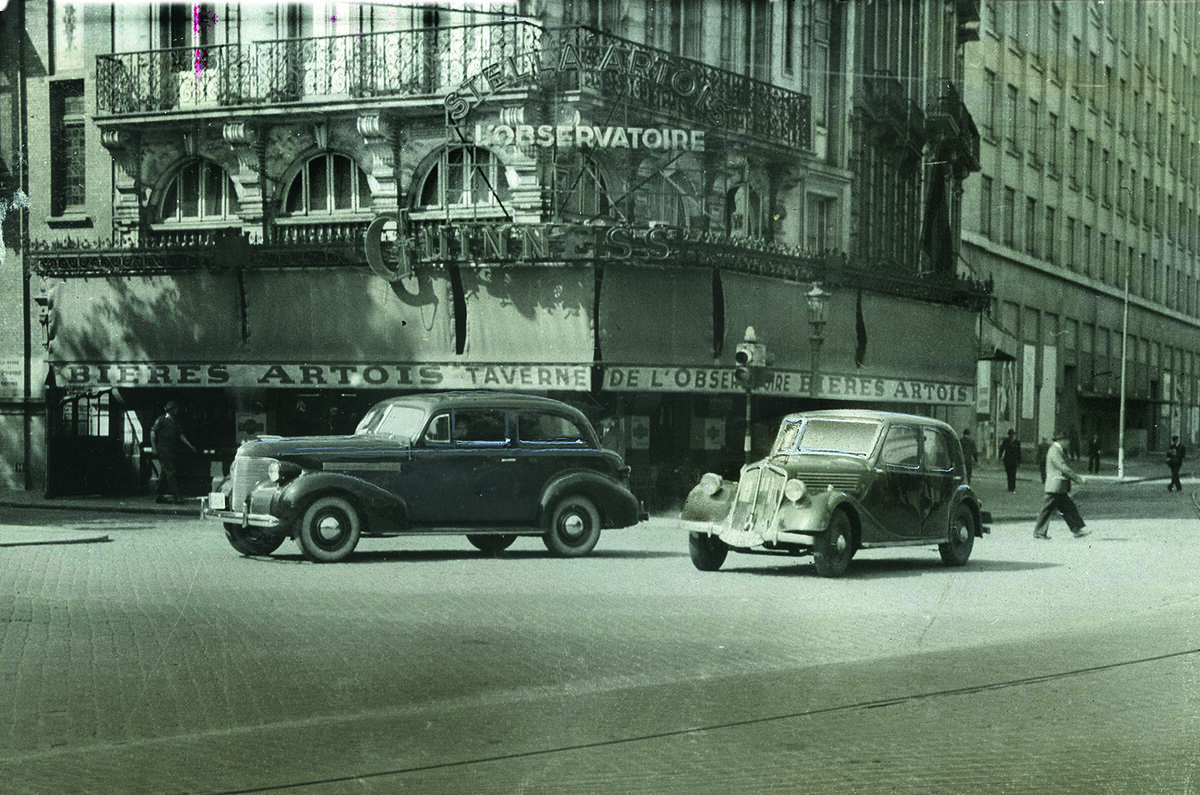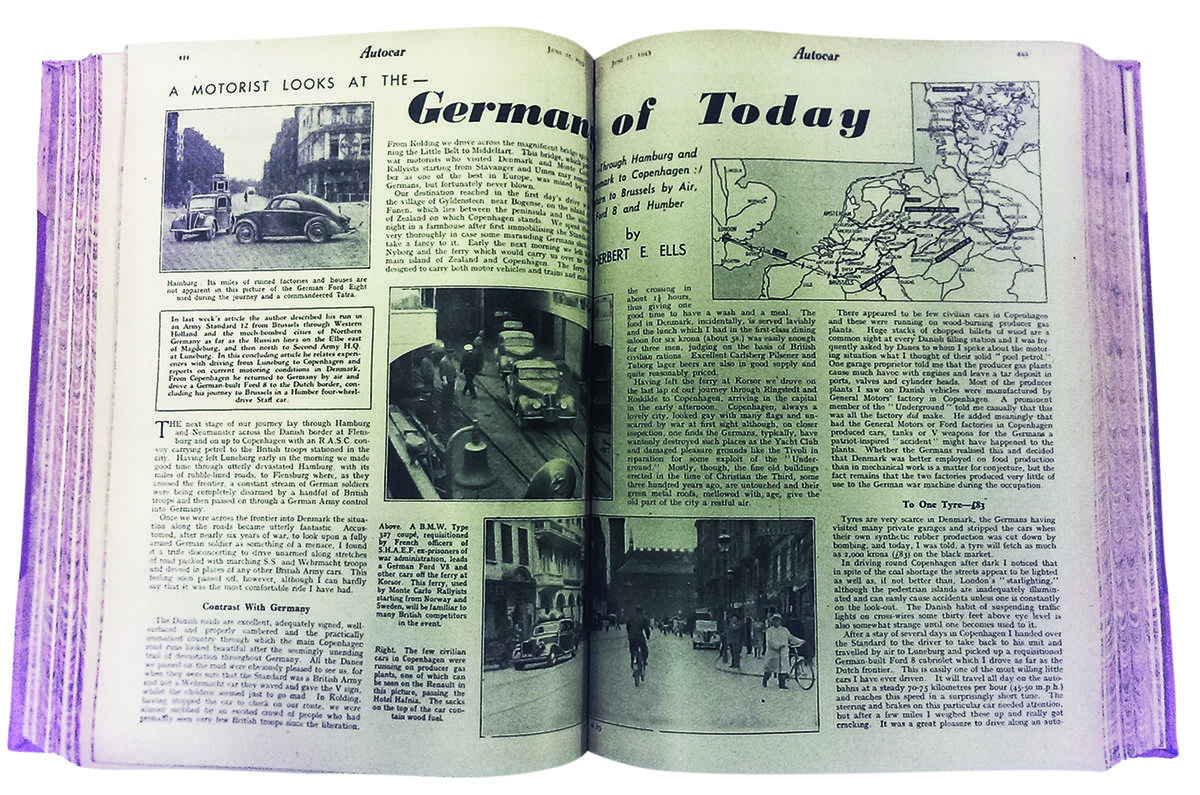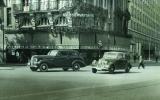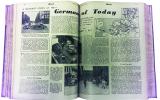In the weeks following Germany’s official surrender on 8 May 1945, it slowly became possible to travel more freely across the continent.
So it was that, less than one month after the end of hostilities, Herbert E Ells was able to embark on a drive to Denmark and write an account of his experience for Autocar.
Ells drove an Army Standard 12 from Brussels, through western Holland and the heavily bombed cities of northern Germany, to the Russian lines on the Elbe, east of Magdeburg. He then headed north to the headquarters of the second army at Lüneburg.
From there Ells went to Copenhagen, before returning to Germany by air and driving a German-built Ford 8 cabriolet to the Dutch border, concluding his journey to Brussels in a four-wheel-drive Humber staff car.
The trek to Copenhagen was made in the company of a Royal Army Service Corps convoy that was carrying petrol to the British troops stationed in the city. Along the way, our correspondent saw the effects of war at first hand.
“Having left Lüneburg early in the morning we made good time through utterly devastated Hamburg, with its miles of rubble-lined roads, to Flensburg where, as they crossed the frontier, a constant stream of German soldiers was being completely disarmed by a handful of British troops.”
Ells pressed on, passing German troops who hadn’t reached the frontier.
“Accustomed, after nearly six years of war, to look upon a fully armed German soldier as something of a menace, I found it disconcerting to drive unarmed along roads packed with marching SS and Wehrmacht troops, and devoid in places of any other British Army cars.”
When our correspondent reached Copenhagen, he was stunned to find that the few civilian cars in the city “were running on wood-burning producer gas plants. Huge stacks of chopped billets of wood are a common sight at every Danish filling station. One proprietor told me that the producer gas plants cause much havoc with engines and leave a tar deposit in ports, valves and cylinder heads”.
Ells flew back to Lüneburg and switched to the requisitioned German-built Ford, which he drove as far as the Dutch frontier.
“This is easily one of the most willing little cars I have ever driven,” he wrote. “It will travel all day on the autobahn at a steady 45-50mph.”
One of the highlights of Ells’s trip was “the courtesy of some Germans whom I stopped while they were driving along an autobahn in a Merc, to borrow a jack when the Ford had a puncture”.








Add your comment